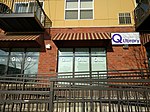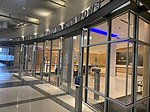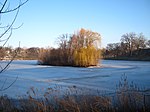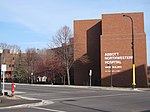In the Heart of the Beast Puppet and Mask Theatre
1973 establishments in MinnesotaArts organizations established in 1973Pages containing links to subscription-only contentPuppet troupesTheatre companies in Minneapolis

In the Heart of the Beast Puppet and Mask Theatre (also known as Heart of the Beast or HOBT) is a puppet company and nonprofit organization from Minneapolis, Minnesota. The company has written and performed scores of full-length puppet plays, performed throughout the US, Canada, Korea, and Haiti and toured the Mississippi River from end to end. The theatre is best known for sponsoring the annual May Day Parade and Ceremony that is seen by as many as 50,000 people each year.
Excerpt from the Wikipedia article In the Heart of the Beast Puppet and Mask Theatre (License: CC BY-SA 3.0, Authors, Images).In the Heart of the Beast Puppet and Mask Theatre
East Lake Street, Minneapolis
Geographical coordinates (GPS) Address Nearby Places Show on map
Geographical coordinates (GPS)
| Latitude | Longitude |
|---|---|
| N 44.948555 ° | E -93.253611 ° |
Address
In the Heart of the Beast Puppet and Mask Theatre
East Lake Street
55467 Minneapolis
Minnesota, United States
Open on Google Maps









